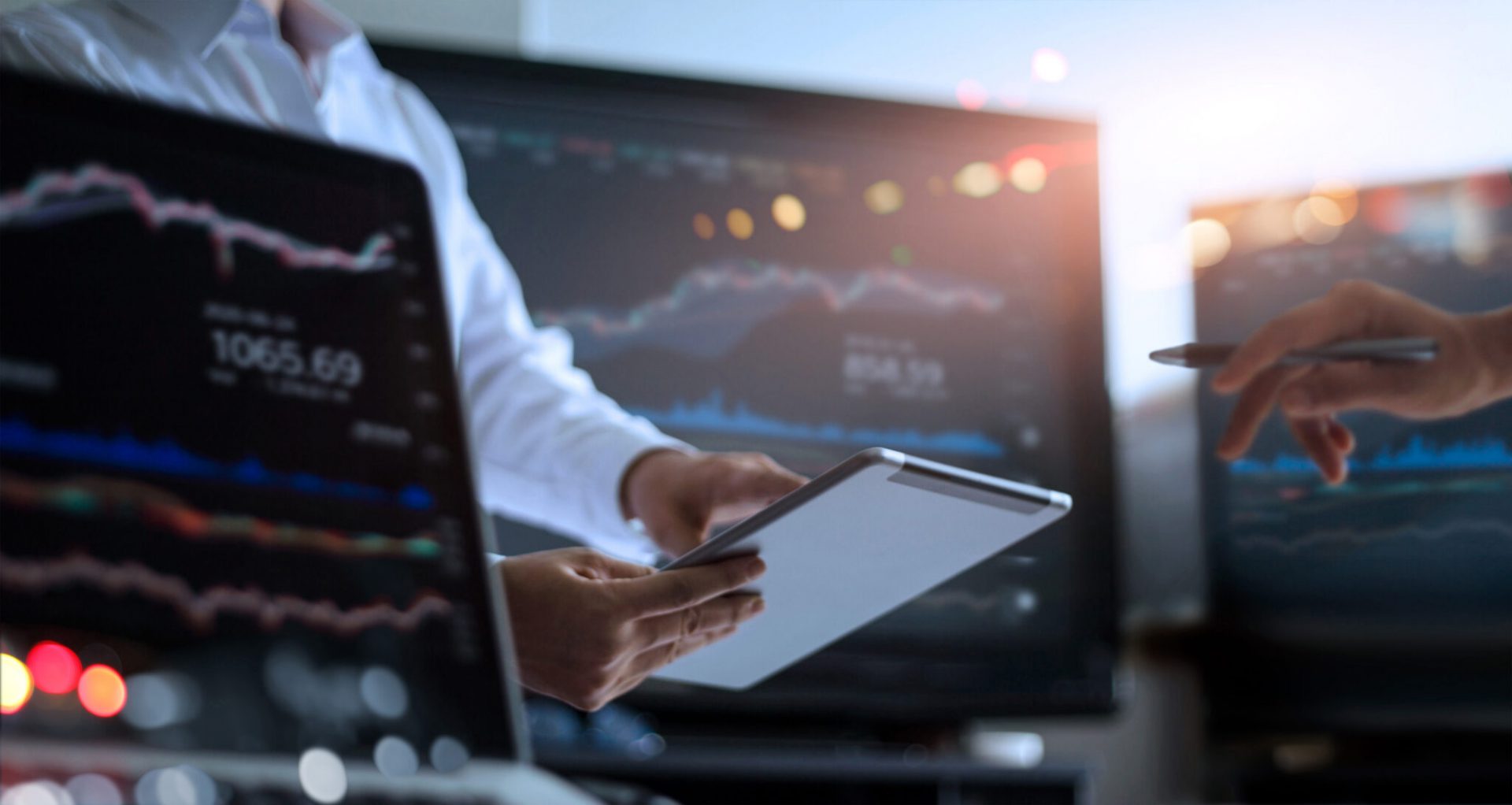Executive Summary
- The current macro environment arguably remains the most dangerous for risk assets since the financial crisis and March 2020.
- Most of the negative market impulses we observe today were established before the war in Ukraine – a possible ceasefire would therefore not automatically send an all-clear signal to the markets.
- The Fed has chosen to fight inflation, above supporting growth and financial stability.
- The negative supply shocks are short-term inflationary but medium-term disinflationary (demand destruction).
- In this environment, consensus estimates for US growth remain too high in our view. We expect that the repricing of these growth expectations will mark the final and sustainable bottom of the current bear phase and will provide attractive entry points into risk assets.
- Overall, we are likely to see higher two-way realized volatility in the coming months until key geopolitical risks have subsided, and markets have fully priced in the weaker growth outlook.
Nominal yields rising sharply as the Fed chases inflation
- Federal Reserve officials are rattled by high trailing inflation, further war-induced negative supply shocks and rising criticism that they are behind the curve.
- In consequence, they have shifted toward an even more aggressive plan for rate hikes than they signaled just 2 weeks ago.
- China may have had its “what-ever-it-takes moment” in March, but it now needs near-term, real stimulus follow-through. The risk here remains the geopolitical overhang (with ultimate tail risk of Sino-US escalation/disintegration).
Market Development
World
- At the time of writing, the Bloomberg Barclays Aggregate Bond Index had its worst start to a year (-6.8% YTD) in the 30 years of available data.
- 10-year US yields have risen nearly 100bps this year.
- The 2-10 US yield spread has already inverted briefly – if the inversion persists, it will signal a rising recession probability in the US.
- These developments have put a lot of stress on traditional 60/40 portfolios and risk-parity strategies.
- Interestingly, 10-year US real yields have remained more or less unchanged since the start of the war in Ukraine (this has supported risk assets), while nominal yields are 50bps higher.
- Meanwhile, equities have recovered ~50% of their peak-to-trough drawdown and have now reached a “normal” retracement level for a counter-trend rally.
Europe
- Eurozone March flash PMIs came out – the first set to be released since the war broke out.
- The Euro-Area PMI composite remains robust in expansionary territory at 54.5, compared to the Bloomberg consensus forecast of 53.8.
- The dependence on Russia and Ukraine for energy needs will remain a significant problem in the coming quarters.
Switzerland
- The franc has pulled back from its multi-year peak (EUR/CHF at parity) that it reached earlier in March.
- In its baseline scenario for 2022, the SNB now anticipates GDP growth of around 2.5%, down from the previous estimate of 3%.
- It also doubled its inflation forecast for this year to 2.1% from its previous level of 1%, which is still modest in comparison to other developed markets.
Equities will have to acknowledge the growth slowdown at some point
In some ways, 2022 is becoming a mirror image of 2020. While in 2020, the Federal Reserve stimulated pro-cyclically into a strong economic recovery, this year it is tightening pro-cyclically into an economic slowdown. Other contrasts are evident in the commodities market (e.g., 2020 oil-price negative vs 2022 blowout in Nickel).
Our base case is that financial conditions will tighten (a lot) further in Q2-Q3. The Fed is unlikely to receive any feedback from its (lagging) labor market or inflation statistics to re-think its tightening path any time soon – without financial markets revolting at some point.
- We now expect 50bp hikes in May and June as well as the start of Quantitative Tightening (QT) in May.
- The outlook for corporate earnings this year is dimming simultaneously. Global analyst earnings revisions have dipped into negative territory, which implies that an earnings recession later this year is a risk for markets.
- According to Bank of America, only 5 years in the last 60 saw earnings go down while rates and inflation were going up – and each of those 5 years printed negative S&P 500 returns.
- The bottom line is that the odds of the Fed achieving a “soft-landing” are low and the probability of a recession in the US is rising (in fact, bond markets are already pricing rate-cuts for 2024).
Notwithstanding this negative medium-term outlook for risk assets, we have seen a substantial counter-trend rally in the past 2 weeks, especially in equity markets.
- The rally was fueled by extremely bearish sentiment, oversold conditions, option-market dynamics (hedges rolling off) and quarter-end rebalancing.
- As is the case with these forceful “bear rallies”, many market participants that had strongly de-risked at the lows are now feeling pressured to chase the market higher.
Keep in mind that price-moves often change sentiment, and in today’s market everything is happening a lot quicker. The current implicit rationalization for chasing equities may be something like: “We are in a stagflationary environment, so equities are better than negative real yielding assets, like bonds or cash”.
However, we think that this mindset will be challenged when the growth slowdown accelerates. Our current estimate concerning when this will occur is mid-to-late Q2. We may then see a confluence of market negatives, such as back-to-back 50bp hikes, the start of QT, peak inflation, the first evidence of commodity-crisis induced demand destruction and weak corporate guidance (margin pressure).
Positioning
We are skeptical as to whether the current counter-trend rally will prove sustainable, since most medium-term negative market impulses remain firmly intact. Furthermore, we have not seen a real capitulation in stocks. Record equity allocations mean that long-only and retail investors are not positioned for recession fears.
We believe that credit will be the key market to watch for the eventual pricing of below-trend growth in the US.
- If usual correlations hold, then a contracting credit cycle will lead long bond yields lower and not higher during H2-2022.
- History also suggests that when the yield curve first inverts, we can expect the following relative performance:
US > Rest of World equities; Growth > Value; Large > Small;
IG > HY
To us, risk management remains the highest priority in such an environment. Since October 2021, we have been gradually preparing our portfolios for a period of high volatility – by reducing credit and equity exposure while raising cash, gold and alternatives – and we remain defensively positioned. That said, upside risks for stocks may emerge in the event of better than-expected earnings growth, fiscal handouts in the West or surprisingly large China stimulus.
Chart
Quality stocks with robust financial fundamentals are back in favor as the inversion of the Treasury yield curve fuels recession concerns. A Goldman Sachs index of strong balance sheet stocks has outperformed peers with weaker financials by nearly 5 percentage points since March 14.


